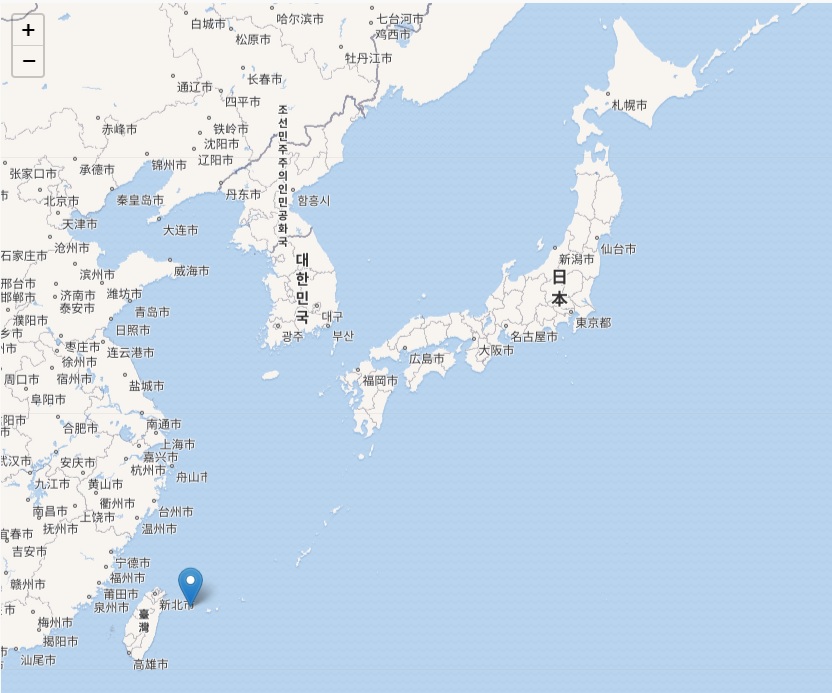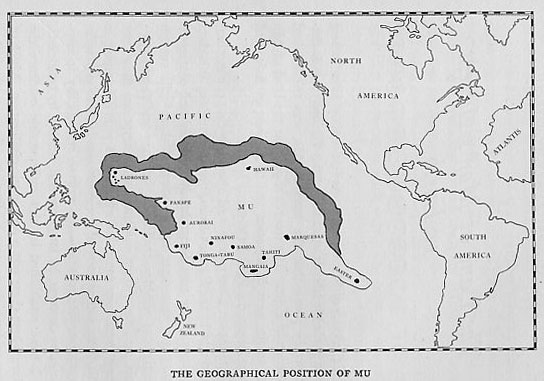Lost cities underwater, evidence of Noah's flood ?
the ocean basins sank and stretched. They are still stretching. The continental shelves were pulled to the places where we see them today. The land and mountains rose. The river deltas were filled.
Japan's Ancient Underwater "Pyramid" Mystifies Scholars
https://www.nationalgeographic.com/news/2007/9/yonaguni-jima-japan-underwater-city/
Yonaguni Monument
https://en.wikipedia.org/wiki/Yonaguni_Monument

Kimura first estimated that the monument must be at least 10,000 years old (8,000 BCE), dating it to a period when it would have been above water, and therefore surmised that the site may be a remnant of the mythical lost continent of Mu. In a report given to the 21st Pacific Science Congress in 2007, he revised this estimate and dated it to 2,000 to 3,000 years ago because the sea level then was close to current levels. He suggests that after construction, tectonic activity caused it to be submerged below sea level.
Mu (lost continent)
https://en.wikipedia.org/wiki/Mu_(lost_continent)

Mu is a legendary lost continent that also appears in lost world literature. It is a term introduced by Augustus Le Plongeon, who used the "Land of Mu" as an alternative name for Atlantis. It was subsequently popularized as an alternative term for the hypothetical land of Lemuria by James Churchward, who asserted that Mu was located in the Pacific Ocean before its destruction.[1] Archaeologists assign assertions about Mu to the category of pseudoarchaeology. The place of Mu in literature has been discussed in detail in Lost Continents (1954) by L. Sprague de Camp.
Mysterious Underwater Ruins Of Lost Civilizations
https://www.youtube.com/watch?v=3qXDto5ZXgQ
the ocean basins sank and stretched. They are still stretching. The continental shelves were pulled to the places where we see them today. The land and mountains rose. The river deltas were filled.
Japan's Ancient Underwater "Pyramid" Mystifies Scholars
https://www.nationalgeographic.com/news/2007/9/yonaguni-jima-japan-underwater-city/
Yonaguni Monument
https://en.wikipedia.org/wiki/Yonaguni_Monument

Kimura first estimated that the monument must be at least 10,000 years old (8,000 BCE), dating it to a period when it would have been above water, and therefore surmised that the site may be a remnant of the mythical lost continent of Mu. In a report given to the 21st Pacific Science Congress in 2007, he revised this estimate and dated it to 2,000 to 3,000 years ago because the sea level then was close to current levels. He suggests that after construction, tectonic activity caused it to be submerged below sea level.
Mu (lost continent)
https://en.wikipedia.org/wiki/Mu_(lost_continent)

Mu is a legendary lost continent that also appears in lost world literature. It is a term introduced by Augustus Le Plongeon, who used the "Land of Mu" as an alternative name for Atlantis. It was subsequently popularized as an alternative term for the hypothetical land of Lemuria by James Churchward, who asserted that Mu was located in the Pacific Ocean before its destruction.[1] Archaeologists assign assertions about Mu to the category of pseudoarchaeology. The place of Mu in literature has been discussed in detail in Lost Continents (1954) by L. Sprague de Camp.
Mysterious Underwater Ruins Of Lost Civilizations
https://www.youtube.com/watch?v=3qXDto5ZXgQ

